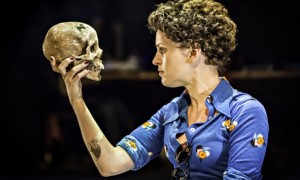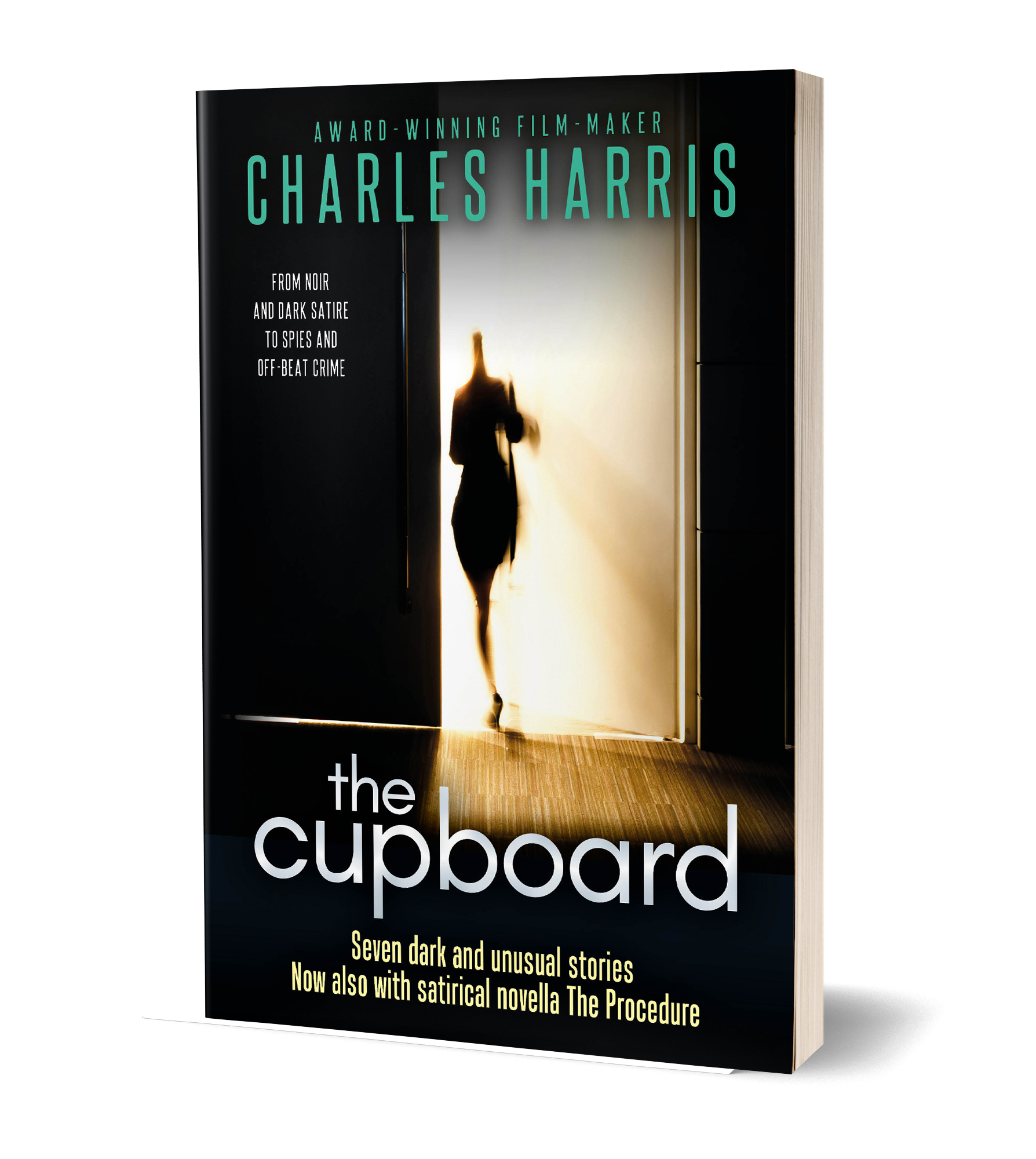Screenplay reality bites… avoiding the reality kiss of death
18 Wednesday Jun 2014
Tags
Which is the greater problem with a screenplay, reality or lack of it? Tim Crouch has a very interesting article in today’s Guardian about how much reality works on stage, and how much it doesn’t. Screen stories also have problems with reality (see below) . For many a fictional screenplay reality bites back.
. For many a fictional screenplay reality bites back.
Tim starts off talking about how reality can ruin a performance – the reality, say, of a child, an act of real violence or even a kiss. The reality of it shows up the falseness of the actor’s creation.
Reality bites back
How much more so, then, in film or TV, where the actors, dialogue and actions are constantly being set against the reality of the location, the weather, special effects (fire, flood, car crashes, etc).
Perhaps this is why some of the most powerful films are quite unreal. Black and white is often more powerful than colour, 2D stronger than 3D. Not only because the audience has to work hard, but also perhaps because there’s more suspension of disbelief.
Moments of magic
For the screenwriter, it’s worth bearing in mind that working hard to make the situation real may work against you at times, leading to rather flat, uninspiring “set-up” scenes. Imagination, sudden shifts, magical moments, can bring a story to life in a very special way. We don’t talk about such things very much, in our obsession with three acts and rounded characters, but the best cinema is often filled with such magical moments.
In the article, Crouch talks of the “danger when we attempt to annex the real… thinking it will be more authentic.” Losing the “sense of the game”. The sense of “pretend”.


Tell people what you think